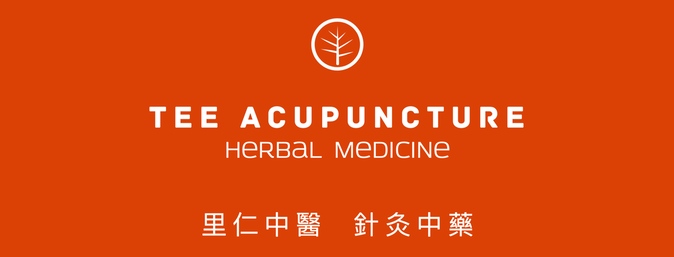|
The spring season according to the Five Elements Theory in TCM belongs to the Wood element and is the time of regrowth, rebirth, regeneration, and expansion. During the springtime, many people suffer from seasonal allergies or allergic rhinitis, also commonly known as hay fever. Not only in the Spring season, but the allergy symptoms can also happen in the summer and fall seasons. So how does TCM understand seasonal allergies and how can acupuncture treat the problem?
Our body is formed by a network of communication systems which are called the meridian systems. These meridian systems are named after specific organs in our body. For allergic rhinitis or hay fever, the meridian system that's involved is called the Lung meridian system. Allergic rhinitis occurs because there is an obstruction in our Lung meridian system caused by exterior conditions while the vital energy of our Lung system is deficient and unable to consolidate these conditions. Note that the Lung system in TCM is not confined to the lung organs specified in Western medicine. There could be several pathogenesis paths that lead to the Lung system insufficiency including our genetics, chronic Lung disease, excessive or insufficient physical activities, or emotional influences, as well as influences by other meridian systems. Acupuncture has been proven as an effective treatment for allergic rhinitis through controlled trials by the World Health Organization. Ideally, the best time to treat allergic rhinitis with acupuncture is one month before the symptoms start. The acupuncture treatment course for allergic rhinitis varies from patient to patient. Some people may see immediate relief and some after a few treatments. Generally, for acute conditions, we may recommend once to twice per week over a course of six to ten treatments. For chronic conditions, we may recommend further treatment courses. Reports have shown that acupuncture treatment is a good complementary medicine in addition to allergy medications. Your acupuncture treatment will focus on restoring and strengthening the Lung meridian system that dominates the vital energy of the body and removing any obstruction and excess conditions. For more information as to how to relieve your seasonal allergies, please contact us to further inquire how best we could help you
0 Comments
PAIN IN TRADITIONAL CHINESE MEDICINE
Pain is something that everyone will experience at least once during their lifetime. It is probably one of the most commonly seen symptoms in the clinic. In Western Medicine, pain is one of the hallmark signs and symptoms of inflammation in addition to warmth, redness, and swelling. According to Mosby's Medical Dictionary, "Pain is a subjective feeling and an individual response to the cause." So what is pain in Traditional Chinese Medicine? In TCM, we analyze all signs and symptoms according to the TCM eight principles which are derived from the theory of Yin and Yang. These eight principles include interior-exterior, excess-deficiency, cold-heat, and of course Yin-Yang. The symptoms and the progressive development of a pathology fit within the guidelines of these eight principles when TCM practitioners analyze a patient's case and ask the patient questions. Our body consists of carefully constructed, invisible lines which we call acupuncture meridian pathways. These pathways, just like highways, run up and down, left and right, and in and out of our body forming networks and a holistic communication system throughout our entire body. Along these pathways, there are certain areas where the Qi (vital energy) and blood are gathered the most, more superficial, and easier to access. These areas are called acupuncture points. The acupuncture points are used to regulate the functions and vital energy of our body. The Chinese say that "if it is impassable, then there is pain; if there is no pain, then it is passable." Pain occurs when there is an obstruction which is an excessive condition. Pain could also occur when there is malnourishment of the sinews and tendons which is a deficient condition. There are treatment protocols for each condition on a case-to-case basis. It is noticed, however, today it is very difficult to draw a clear line as to what category a person's pain belongs. It is usually a combination of two sides of the parameter or parameters. The above guidelines are only the first step in analyzing the pathology. The progression of the disease as indicated is usually very complex and multidimensional. TCM practitioners would use the eight principles to properly assess, diagnose and provide a treatment plan for their patients. To learn more on how to get treated for your pain syndromes with acupuncture, please contact Tee Acupuncture. We are here to help and would be happy to discuss and answer your questions or concerns |
AuthorDr. Kang P. Tee is a Doctor of Acupuncture and Chinese Medicine, New York State Licensed Acupuncturist and Board Certified Diplomate of Acupuncture and Herbalist by NCCAOM. His interests include musculoskeletal Archives
May 2015
Categories |

 RSS Feed
RSS Feed